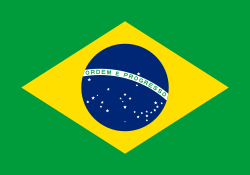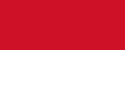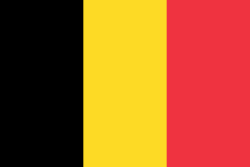Spaniens Grand Prix 1998
| Datum | 10 maj 1998 |
|---|---|
| Bana | Circuit de Catalunya |
| Sträcka | 65 × 4,728 = 307,320 km |
| Vinnare | Mika Häkkinen, McLaren-Mercedes |
| Pole position | Mika Häkkinen, McLaren-Mercedes |
| Snabbaste varv | Mika Häkkinen, McLaren-Mercedes, 1:24,275 |
Spaniens Grand Prix 1998 var det femte av 16 lopp ingående i formel 1-VM 1998.
Rapport
Mika Häkkinen och David Coulthard flög iväg ifrån resten av startfältet och tog en enkel dubbelseger för McLaren med Michael Schumacher på tredje plats. Det mest dramatiska var dock kollisionen mellan Eddie Irvine och Giancarlo Fisichella, vilken tog båda ur tävlingen.
Resultat
- Mika Häkkinen, McLaren-Mercedes, 10 poäng
- David Coulthard, McLaren-Mercedes, 6
- Michael Schumacher, Ferrari, 4
- Alexander Wurz, Benetton-Playlife, 3
- Rubens Barrichello, Stewart-Ford, 2
- Jacques Villeneuve, Williams-Mecachrome, 1
- Johnny Herbert, Sauber-Petronas
- Heinz-Harald Frentzen, Williams-Mecachrome
- Jarno Trulli, Prost-Peugeot
- Jean Alesi, Sauber-Petronas
- Ralf Schumacher, Jordan-Mugen Honda
- Jan Magnussen, Stewart-Ford
- Toranosuke Takagi, Tyrrell-Ford
- Shinji Nakano, Minardi-Ford
- Esteban Tuero, Minardi-Ford
- Olivier Panis, Prost-Peugeot
Förare som bröt loppet
- Damon Hill, Jordan-Mugen Honda (varv 46, motor)
- Eddie Irvine, Ferrari (28, kollision)
- Giancarlo Fisichella, Benetton-Playlife (28, kollision)
- Mika Salo, Arrows (21, motor)
- Pedro Diniz, Arrows (20, motor)
Förare som ej kvalificerade sig
- Ricardo Rosset, Tyrrell-Ford (0, motor)
VM-ställning
Förarmästerskapet | Konstruktörsmästerskapet
|
| ||||||||
| |||||
Media som används på denna webbplats
The civil ensign and flag of Belgium. It is identical to Image:Flag of Belgium.svg except that it has a 2:3 ratio, instead of 13:15.
The Flag of Europe is the flag and emblem of the European Union (EU) and Council of Europe (CoE). It consists of a circle of 12 golden (yellow) stars on a blue background. It was created in 1955 by the CoE and adopted by the EU, then the European Communities, in the 1980s.
The CoE and EU are distinct in membership and nature. The CoE is a 47-member international organisation dealing with human rights and rule of law, while the EU is a quasi-federal union of 27 states focused on economic integration and political cooperation. Today, the flag is mostly associated with the latter.
It was the intention of the CoE that the flag should come to represent Europe as a whole, and since its adoption the membership of the CoE covers nearly the entire continent. This is why the EU adopted the same flag. The flag has been used to represent Europe in sporting events and as a pro-democracy banner outside the Union.
















